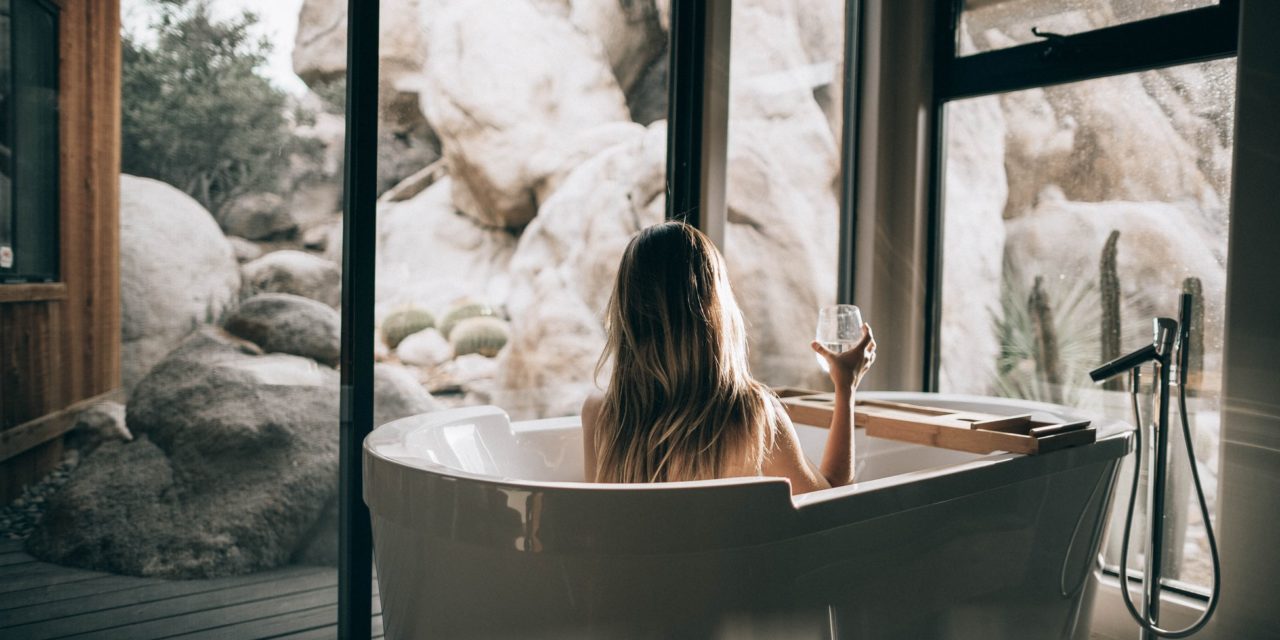[ad_1]
Falls are the leading cause of death, injury and hospital admissions among the elderly population. In fact, last year alone, more than 1.6 million seniors were treated in emergency rooms for fall-related injuries. Several factors contribute to the fact that seniors fall so much more frequently than younger people:
Lack of physical activity. Failure to exercise regularly results in poor muscle tone, decreased bone mass, loss of balance, and reduced flexibility.
Impaired vision. This includes age-related vision diseases, as well as not wearing glasses that have been prescribed.
Medications. Sedatives, anti-depressants, and anti-psychotic drugs, plus taking multiple medications are all implicated in increasing risk of falling.
Diseases. Health conditions such as Parkinson's disease, Alzheimer's disease and arthritis cause weakness in the extremities, poor grip strength, balance disorders and cognitive impairment.
Surgeries. Hip replacements and other surgeries leave an elderly person weak, in pain and discomfort and less mobile than they were before the surgery.
Environmental hazards. One third of all falls in the elderly population involve hazards at home. Factors include: poor lighting, loose carpets and lack of safety equipment.
However, falls are not an inevitable part of growing older. Many falls can be prevented, by making the home safer and using products that help keep seniors more stable and less likely to fall.
Making the Home Safer
Caregivers can do several things to make the home safer for their senior mom or dad.
· Install safety bars, grab bars or handrails in the shower or bath.
· Put no-stick tape on the floor in the tub.
· Use a stool riser seat to make getting on and off the toilet easier.
· Install at least one stairway handrail that extends beyond the first and last steps.
· Make sure stairs are sturdy with strong hand railings.
· Be sure that stairwells are well-lit. Consider making the lighting in your home brighter to aid vision.
· Make sure rugs, including those on stairs, are tacked to the floor.
· Remove loose throw rugs.
· Avoid clutter. Remove any furniture that is not needed. All remaining furniture should be stable and without sharp corners, to minimize the effects of a fall.
· Change the location of furniture, so that your elderly parent can hold on to something as they move around the house.
· Do not have electrical cords trailing across the floor. Have additional base plugs installed so long cords are not necessary.
· Have your parent wear non-slip shoes or slippers, rather than walking around in stocking feet.
· Make sure all rooms have adequate lighting. Consider motion-sensitive lights that come on when a person enters a room. Use night lights in every room.
· Keep frequently used items in easy-to-reach cabinets.
· Use a grasping tool to get at out-of-reach items, rather than a chair or stepladder.
· Keep the water heater thermostat set at 120 degrees F, or lower, to avoid scalding and burns.
· Wipe up spills and remove broken glass immediately.
For more information on caring for your elderly mom or dad, please visit agingcare.com.
[ad_2]
Source by Marlo Sollitto


